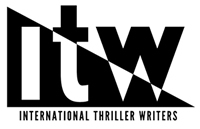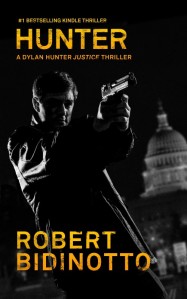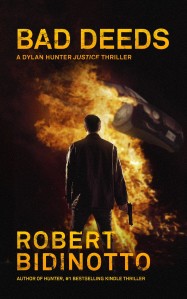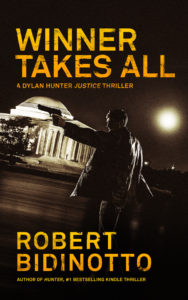Before I began to create fiction, I anticipated that the hardest thing for me would be writing believable dialogue and — for this series of novels — creating a credible romance between Dylan Hunter and Annie Woods. I worried about whether the former would ring true and was terrified that the latter might seem ridiculous. On the other hand, I thought that since I have a pretty logical mind, plotting the stories would be a snap.
Well, it turned out to be exactly the opposite. Dialogue flows easily for me. Most of my readers also seem to enjoy the love story of Dylan and Annie, telling me that it seems authentic in its details and nuances.
But plotting these stories turns out to be a huge challenge for me. Getting the plots to flow logically, and at the right pace, takes me long months of tedious work.
The main reason for that is that each of my stories is “theme-driven.” Rather than start out with a character or a situation and build from there, I start instead with some abstract idea, concept, premise, or ultimate “moral of the story.” That then becomes the unifying thread that runs through, and binds together, all the characters, their conflicts, and the events of the story. My characters tend to embody “variations on the theme” or take conflicting sides of the theme. The events of the plot then grow organically and logically from their basic conflicts.
Having some abstract theme or point to a story, then developing and integrating all aspects of the novel — characters, conflicts, scenes — around that one central idea, adds a much higher level of complexity and challenge to the plotting. I find it a lot harder to write these kinds of theme-driven stories than I would to write a straight thriller or mystery or romance, where all I’d have to worry about is putting interesting characters into an interesting situation and turning them loose.
But the challenge of thematic writing doesn’t stop there.
Another dimension of complexity is added when you develop a running “story arc” over the course of a series of novels. By that I mean an overriding plot structure for the entire series, in which each individual novel represents just one adventure in an overarching odyssey that has its own beginning, middle, and destination.
Yet another level of complexity arises if you maintain a number of ongoing series characters, each with his or her own individual story arc. If you have just one (or two) ongoing characters in a series, he or she can evolve, and new, temporary characters can be added in each novel, serving that one tale alone. But when you have a continuing cast of characters and aim to hold them together over the long haul, then each one requires his own full storyline, and each must evolve in ways that will keep all of them together.
Finally, if in addition to having a theme for each novel, you also impose some broader, overarching, abstract theme upon the entire series, then the complexity from novel to novel can become truly mind-boggling. Each novel has its own individual theme…but it must also serve the broader point of the series. And that has important practical implications. Each change to one element in a single novel can have repercussions that affect and alter many other things in future books in the series.
For me, this kind of writing is maddeningly complicated and takes a long time. I’ve described it as akin to trying to juggle and solve a bunch of Rubik’s Cubes simultaneously. That’s why I can’t simply write “seat of the pants,” diving in and just seeing where the characters will take me. Instead, I am a fanatical “outliner,” rather than “pantser” (to use the industry slang). I have to plan out everything — characters, chapters, scenes, the series arc — ahead of time, just to keep things from going off the rails and to prevent me from painting myself into embarrassing logical corners.
However, if I do my job right as a writer, you readers will never notice or worry about any of this hidden, underlying “architecture.” You’ll enjoy each story as its own adventure: an investment of a few pleasurable hours with characters that intrigue you, who are doing things you might secretly want to do in your own private fantasies.
Let me hasten to add that there is no “one right way” to write fiction, and I am not implying that my way is superior to that of any other writer. I’m making no comparisons at all — just trying to indicate my own idiosyncratic approach.
For what it’s worth, here is a post on “Methods and Aids I Use to Write Fiction.” It includes a number of recommendations of “how-to” books that I’ve found valuable in learning the craft of writing.

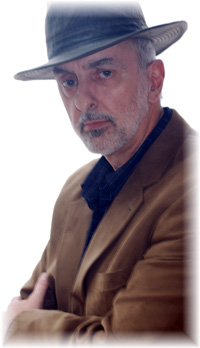 Photo (c) by Debbie Scott
Photo (c) by Debbie Scott
